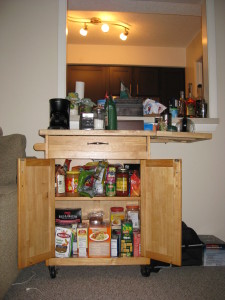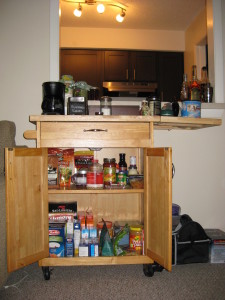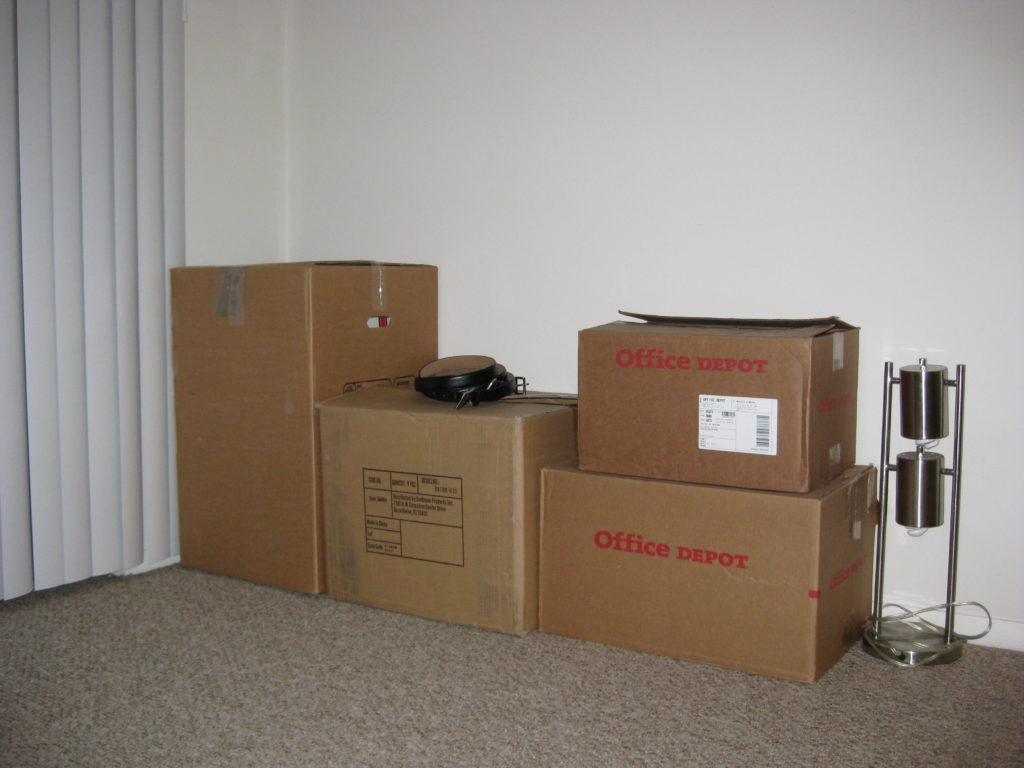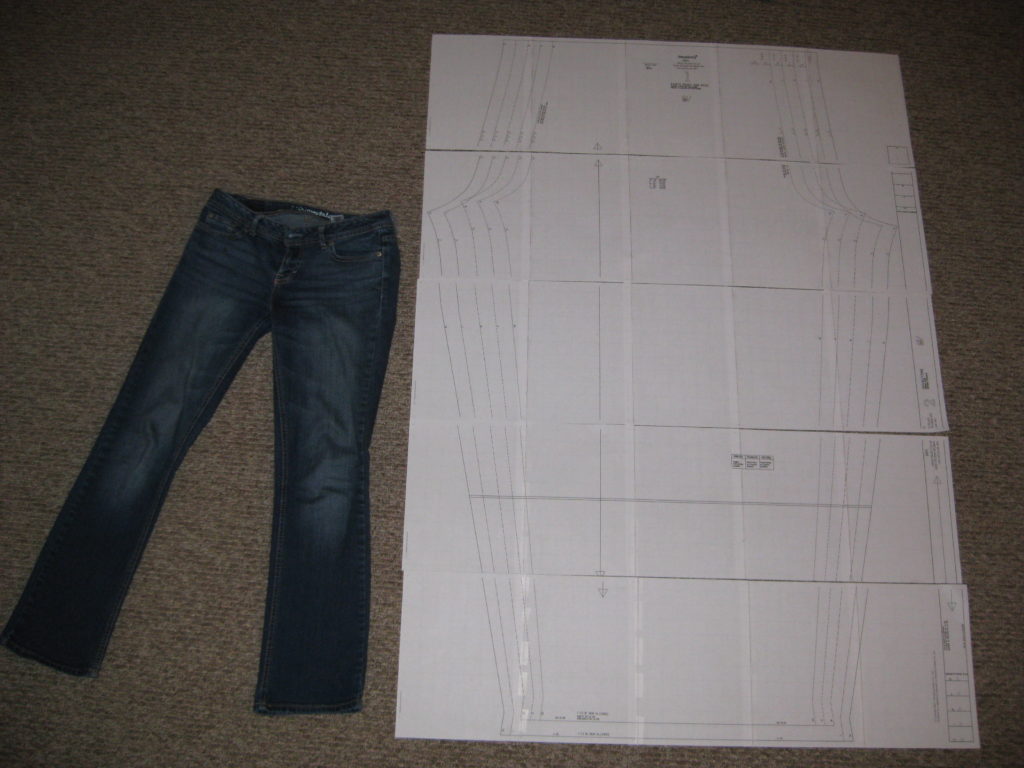Like a lot of people in the support thread for this assignment, I’m tempted to skip it entirely. Even though we moved to Raleigh, North Carolina, a little over a year ago, things are still pretty skimpy in the friends department. Upheaval at work over the past six months, including Justin being let go from the company I still work at, means that socializing with my colleagues outside of the office isn’t really desirable. I’m not sure the knitting group at my nearest Local Yarn Store (LYS) is a good fit for me, and although Justin and I enjoyed game night at our Friendly Local Game Store (FLGS), he’s found that he prefers the atmosphere at another FLGS that is, unfortunately, too far away to visit more than once a week. Since both of our families live about 3 hours away and have various school and work commitments to contend with, it seemed silly to try to shoehorn in a visit to meet the (totally arbitrary and voluntary) January Cure requirements rather than choose a time in the future that works best for them. We’d probably aim for a birthday or holiday anyway.¹
We decided to compromise and extend an invitation to Justin’s best friend to visit us around the end of this month or the beginning of the next, since he’s only visited once and not for as long as we’d have liked. Of course, this is an invitation that will be accomplished by Justin in two minutes via text message, which rules out any need for pretty paper invitations or ribbon-tied flowers or bunting or whatever else the cool kids are doing these days at parties. As does the fact that he is a guy, a very simple guy who is totally fine sleeping on our couch all weekend and who has exactly zero use for the aforementioned decorations.
Following the theme of compromise, I decided to poke about and see if I could find any free printable invites for future oh-so-swanky parties that will be attended by my new friends who can totally appreciate such things. Here’s what I found:
- HP Photo Creations: This free software came with my current HP printer, and it’s available to download for Windows and Mac Users. I used it to create holiday cards last year and found it had a decent selection of ready-made designs that allow you to customize the photo (if it’s a photo-based design) and the sentiment. Or you can use their built-in library of backgrounds and objects to create your own cards, calendars, and photo collages. Tip: Inject some extra character into your project using an interesting font from a free font resource like dafont.com.
- HGTV: My favorite TV network offers 16 lovely, free printable party invitations in PDF format that you can download, fill out, and print. I especially like the Retro Floral design.
- Oh Happy Day: If your party happens to be in honor of a recent move, these printable housewarming invitations (and matching moving announcements) are really adorable and come in three different color schemes.
I’m sure there are many others, although I found a lot of places that advertised free cards that weren’t really free or required an account to access. Which is all fine and dandy, but not what I was looking for. I keep a collection of thank you cards in a variety of designs so that I always have one on hand if I receive a gift, and I like the idea of having a collection of printable party invitations ready should I need them—I’m liable to just skip them if I have to go to the store or wait for something to come in the mail. Has anyone else seen free, printable invitations online worth sharing?
¹ Coincidentally, Justin’s dad’s birthday is at the end of the month, but he’ll be on a two-week work trip to the Bahamas, so he’d have to pass anyway. I’m sure he’ll take a moment to think about how he’s missing out on seeing our clean and organized apartment while he’s, you know, in the Bahamas.




